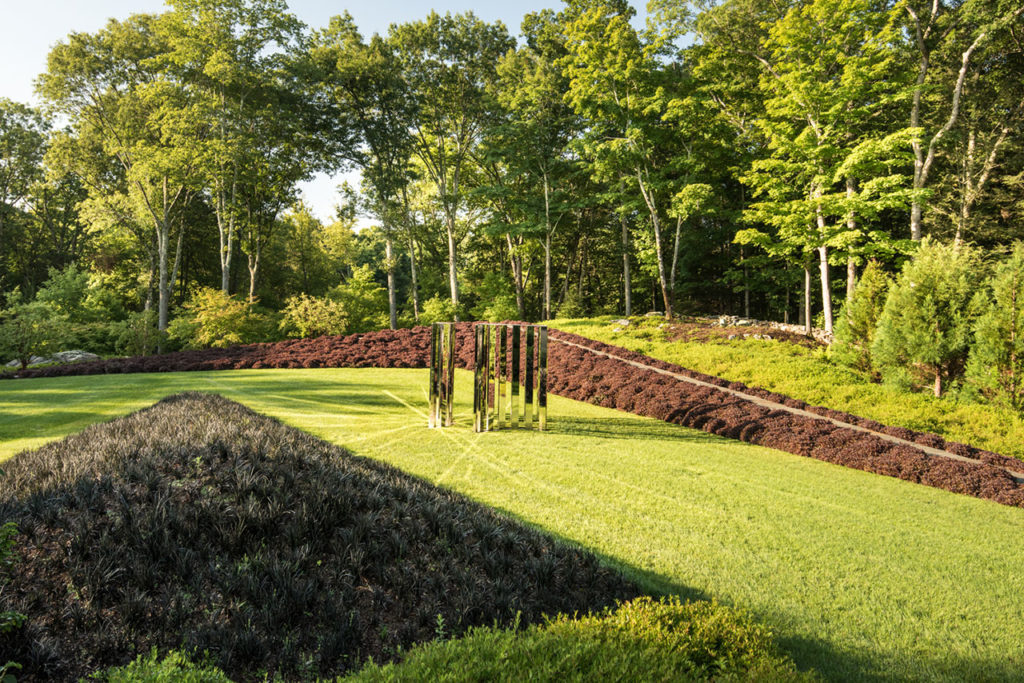
InSitu Garden integrates landscape structures, rich plantings and art to create a spiritually and emotionally inspiring garden. “The eight acres of InSitu are designed as a series of twelve-plus garden rooms that are harmonious with a spiritual quality that inspires the visitor to relax and form a deeper connection to the land" notes designer Richard Hartlage. The garden was designed over a thirteen-year period.

Eight water features act as focal points, helping to organize space and highlight a collection of figurative art that is placed throughout the landscape. A symmetrically-organized sunken garden with sentinels of upright beech trees under-planted with roses is visible from the auto court, house and living terraces. The swimming pool and formal fountain garden are set in a picturesque landscape planted with meadows, woodland gardens, and lawns. Each garden room offers expansive vistas through the garden and to the distant hills.
The approach to the property is through a tree-lined lane into a red gravel-surfaced parking court with a central medallion of the cardinal points. The main living terraces step down from the house to a large lawn designed for entertaining. Features in the living spaces include a wisteria-covered rustic arbor, water feature made from locally sourced and milled white oak, and a dining terrace that is shaded by a 75-year-old copper beech tree. The outdoor kitchen and pizza oven are concealed behind a large-scale outdoor fire place. Eight water features, an outdoor kitchen, recreational facilities, arbors, walls, portals, terraces, and walks provide a rich mix of experiences.
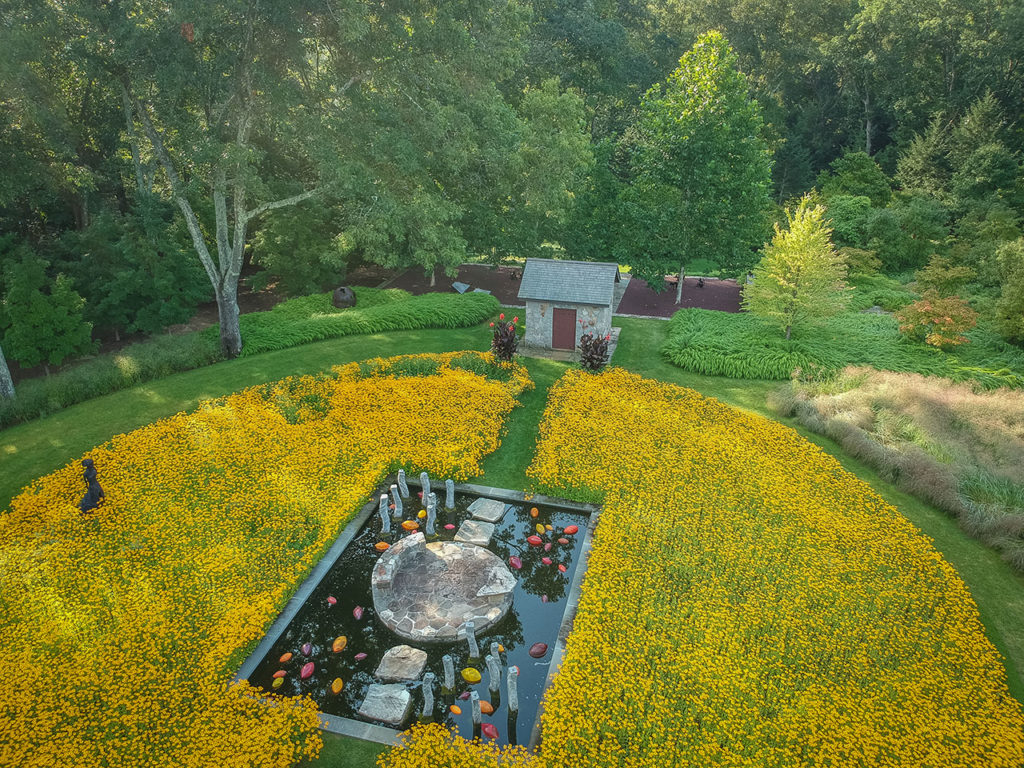
The garden highlights local craft, materials and details, emphasizing a sustainable approach to construction and ongoing maintenance. Stone—including site-collected material and blue stone quarried within 75 miles of the garden—is used for terraces and site walls. “Plantings are more than 75% native. We tried to capture the essence of the Connecticut landscape by using locally available materials and plants native to the northeast, this create a profound unity in the garden while creating a place that speaks to the unique beauty of the region,” notes Hartlage. An emphasis on native plants provides environmental resiliency and allows the garden to fit beautifully into the Connecticut countryside.
The garden was designed to reflect a simple design motif that fits well into its surroundings. Its contemplative and beautiful character provides formal entertaining space and respite from life in New York City. The firm continues to review design intent and maintenance to assure an impeccably managed garden that has been called one of the most significant gardens in Connecticut.
Project Data:
Land Morphology design team: Richard Hartlage, Renee Freier, Adrian Coerver
Photographs: Derek Reeves and Rob Cardillo
Project team
Landscape Architect: Land Morphology
General Contrator: Kuczo Tree and Lawn Care
Stone: Pilato Brothers Stone
Carpentry: Summit Remodeling
Pools: Pinto Pools
Electric: Chestnut Electric
Irrigation and Lighting: Summer Rain Irrigation and Lighting
Suppliers
Trees: Rivendell Nursery
Ornamental Grasses: Kurt Blumel
Meadow Plants: North Creek Nursery
Perennials: Sunny Border
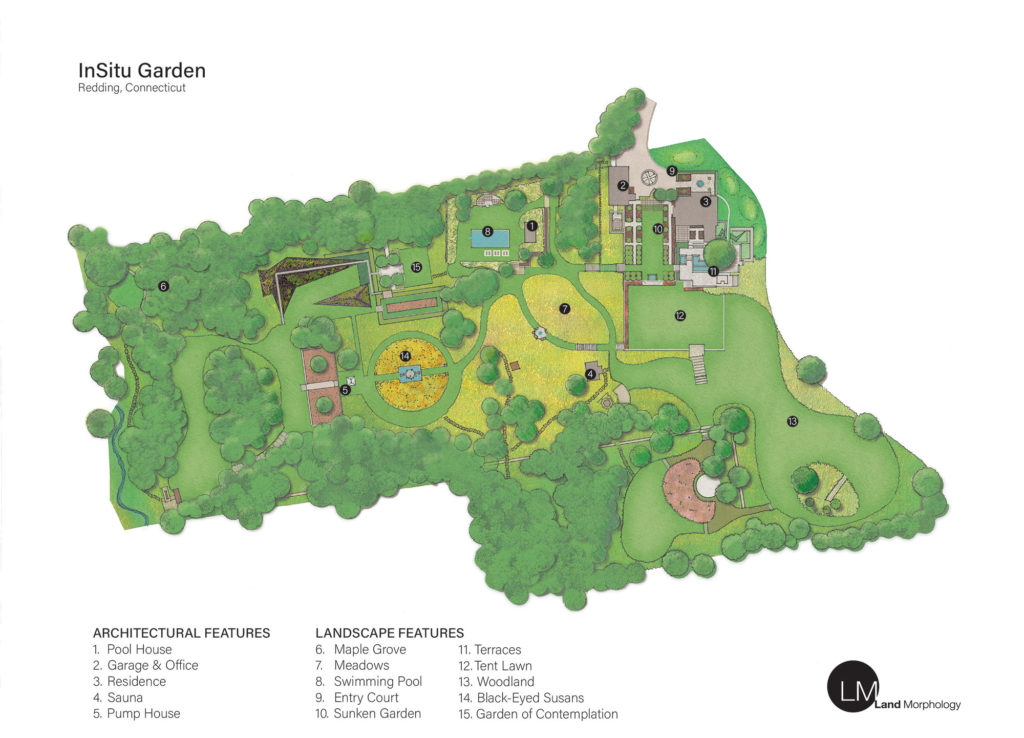
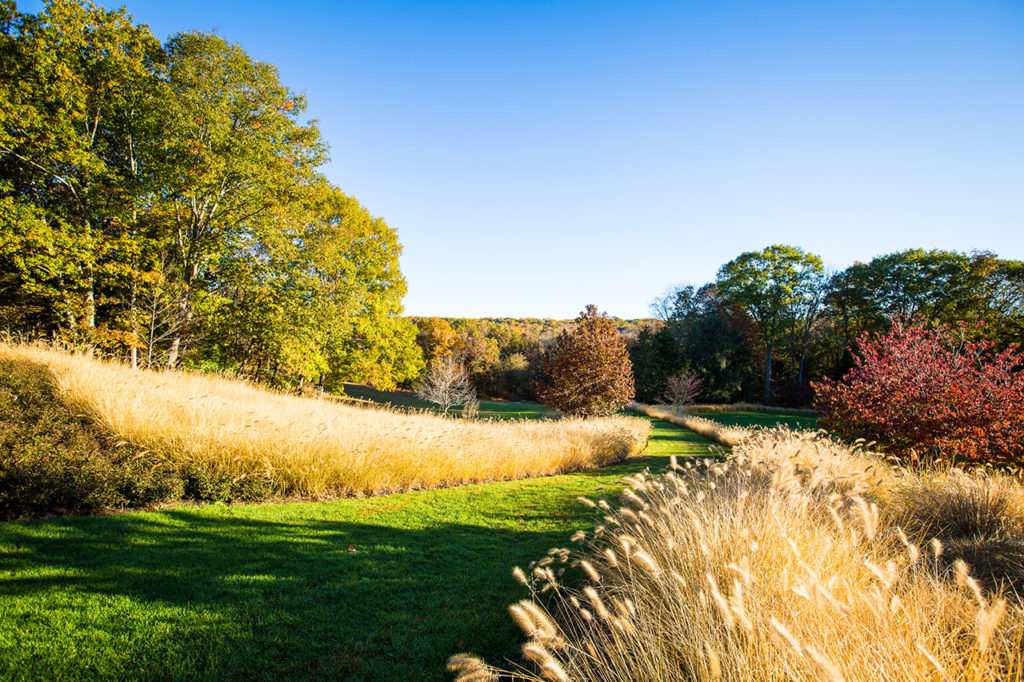
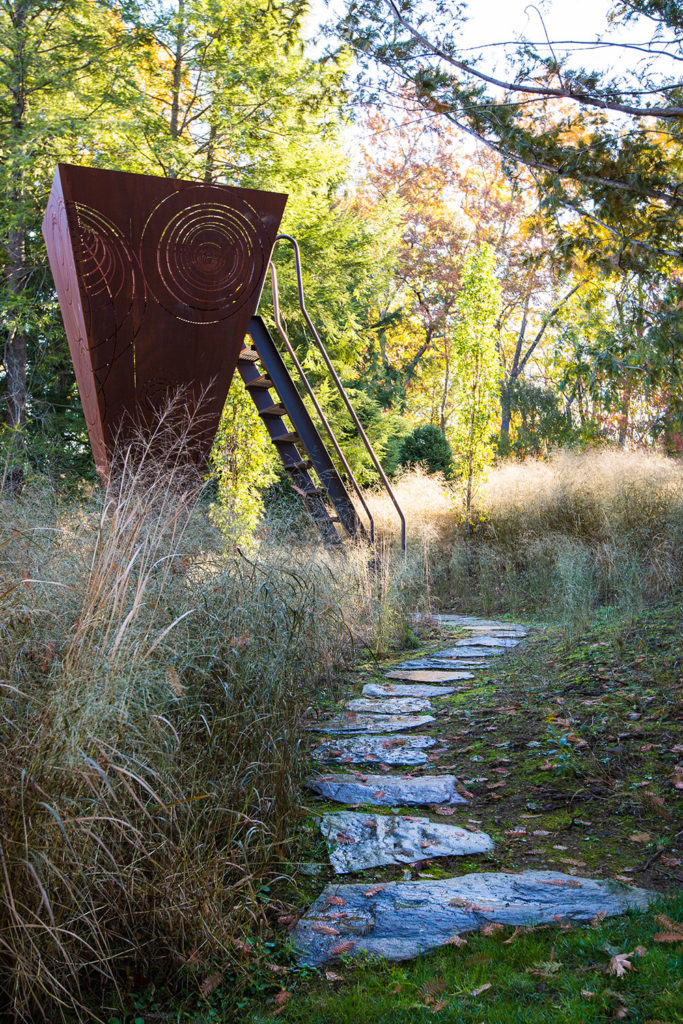
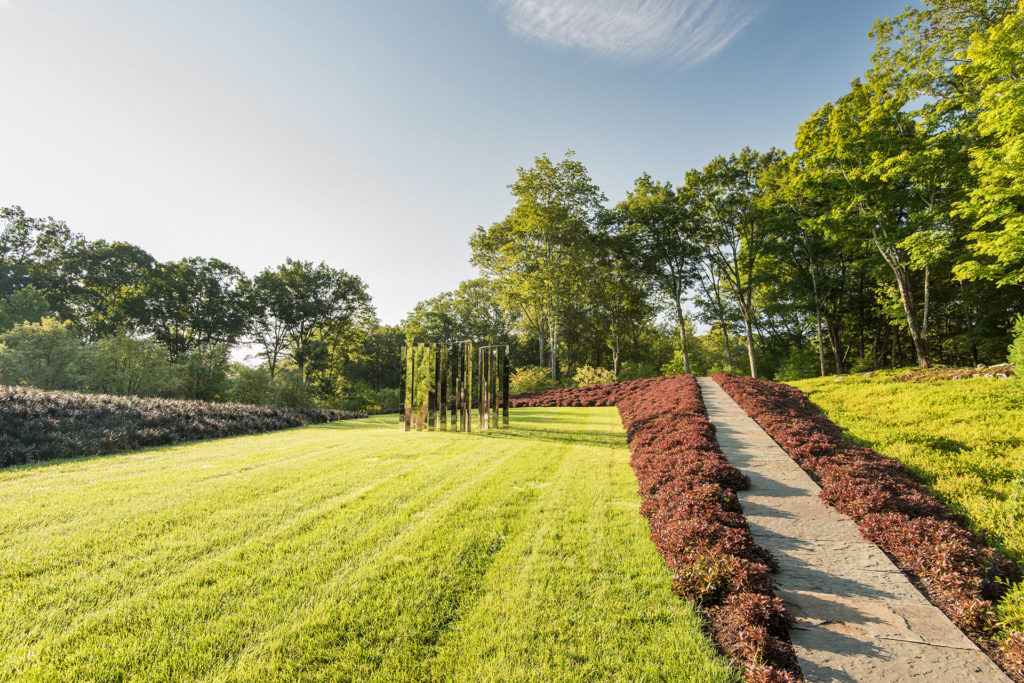


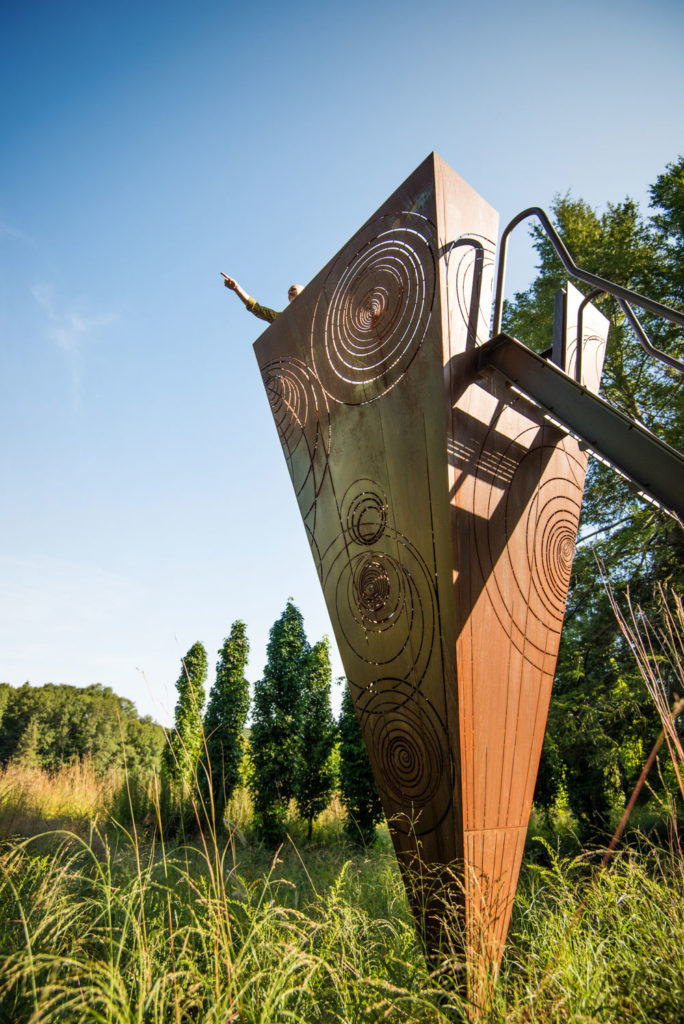
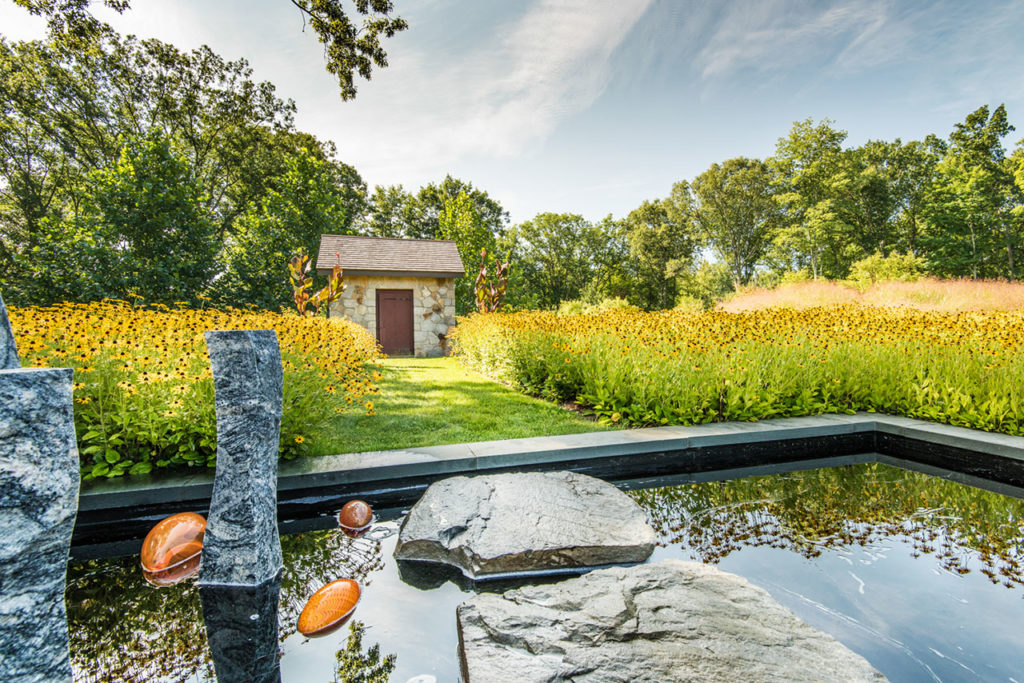
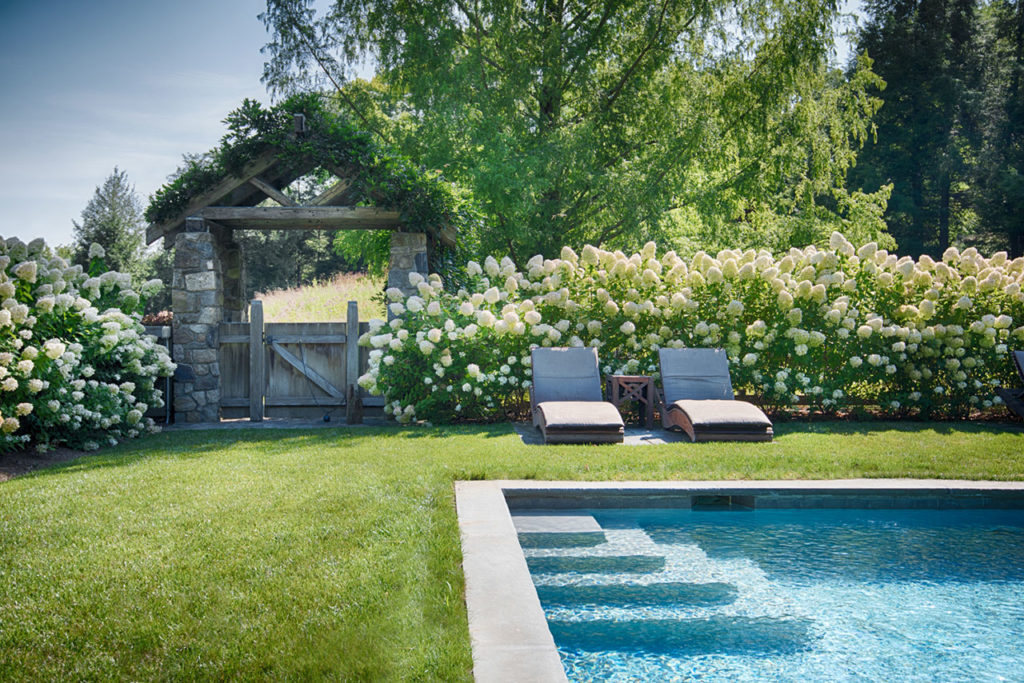
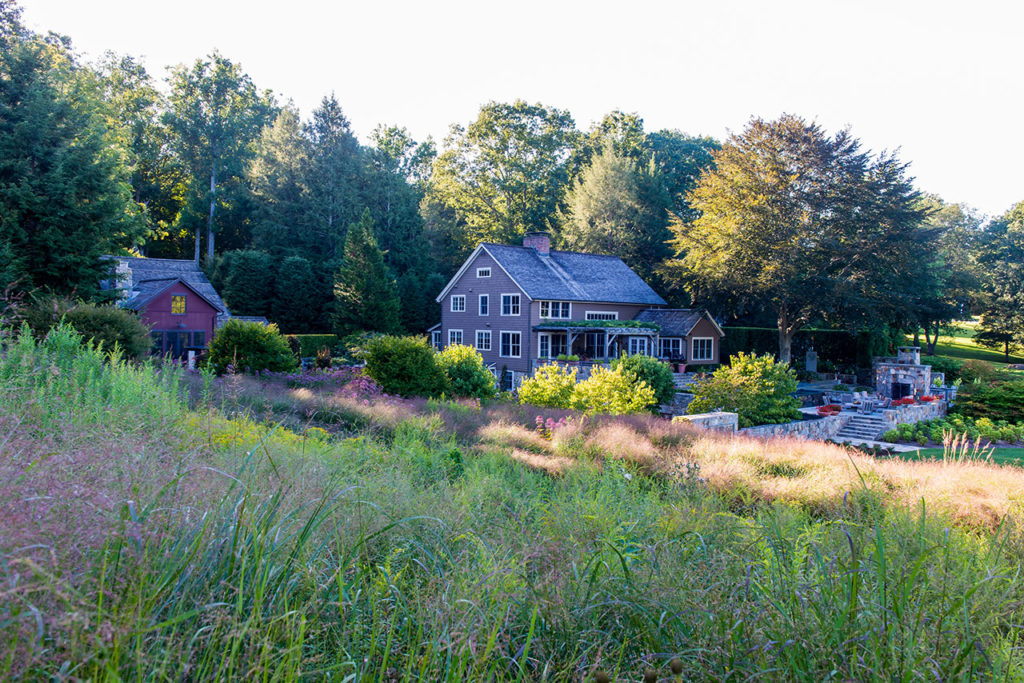
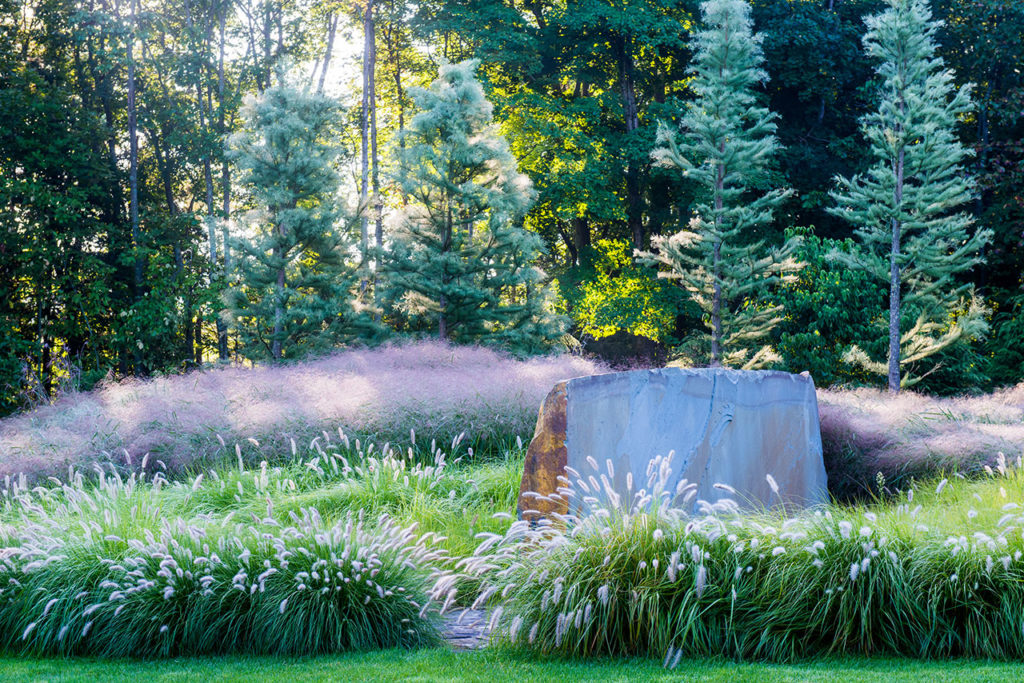
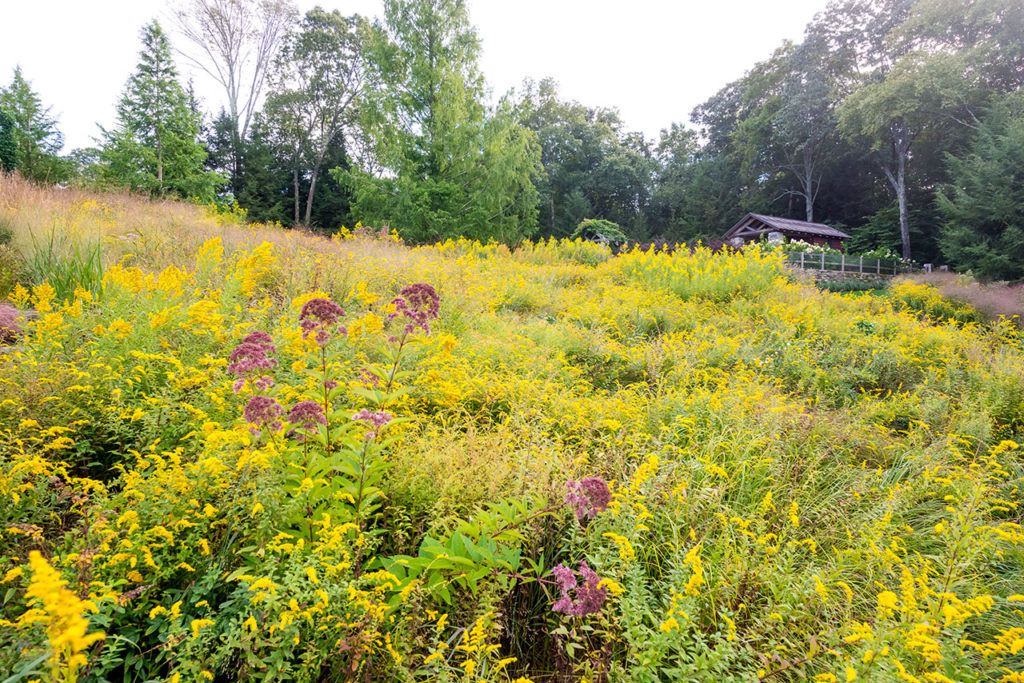


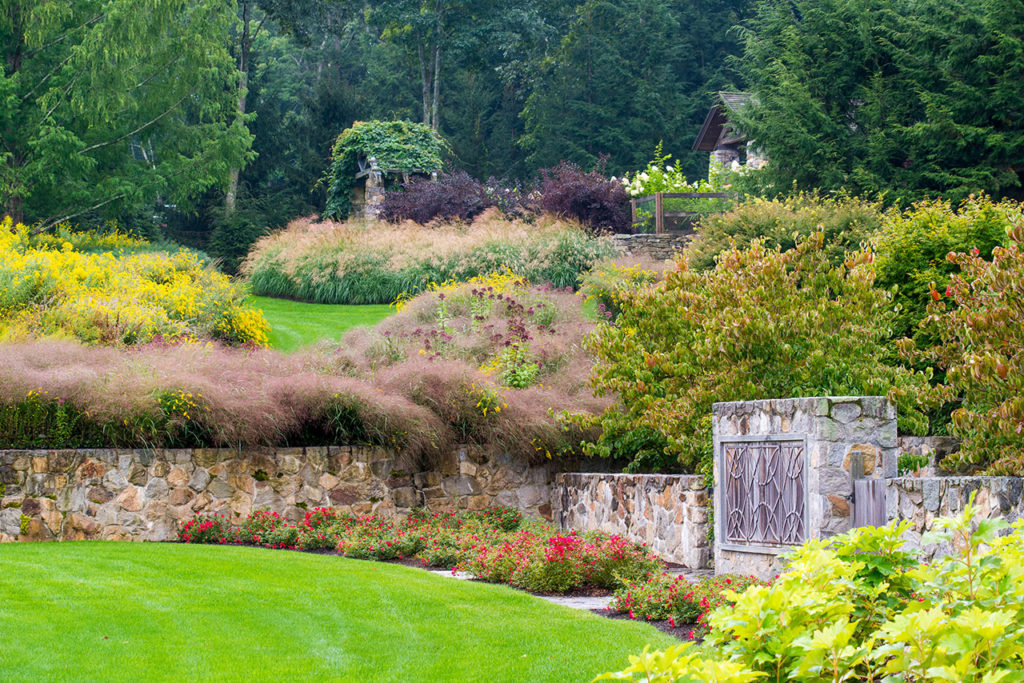
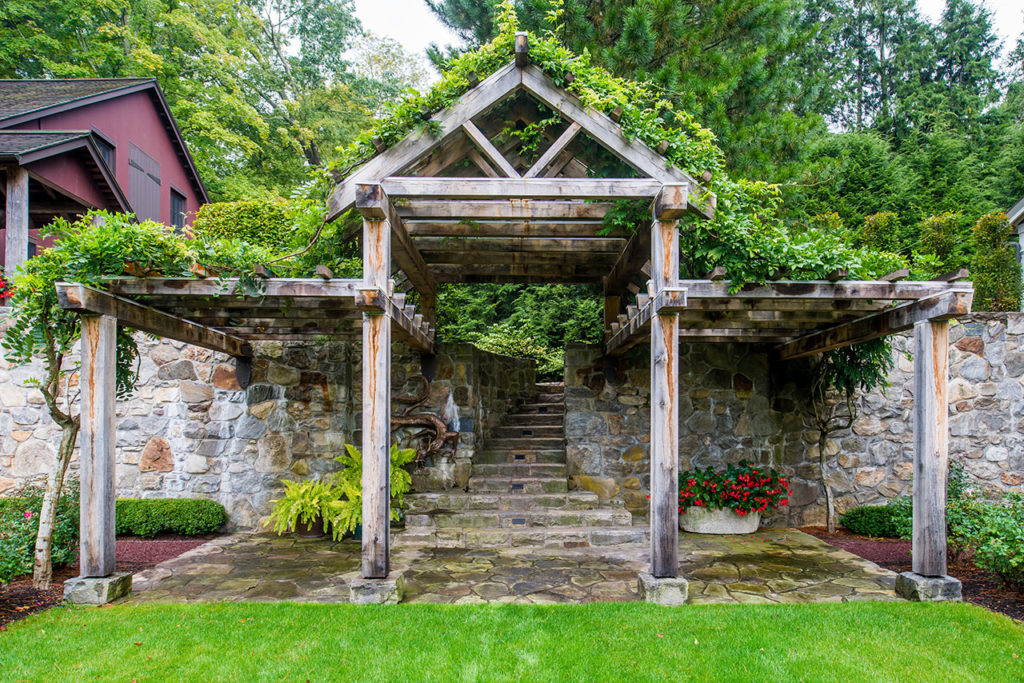
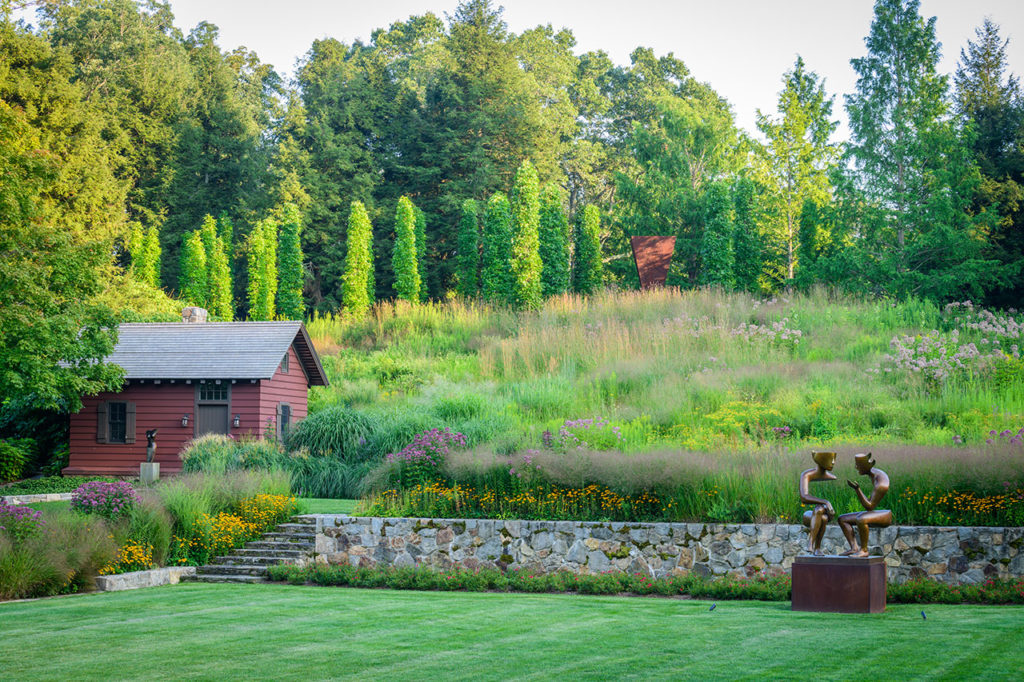
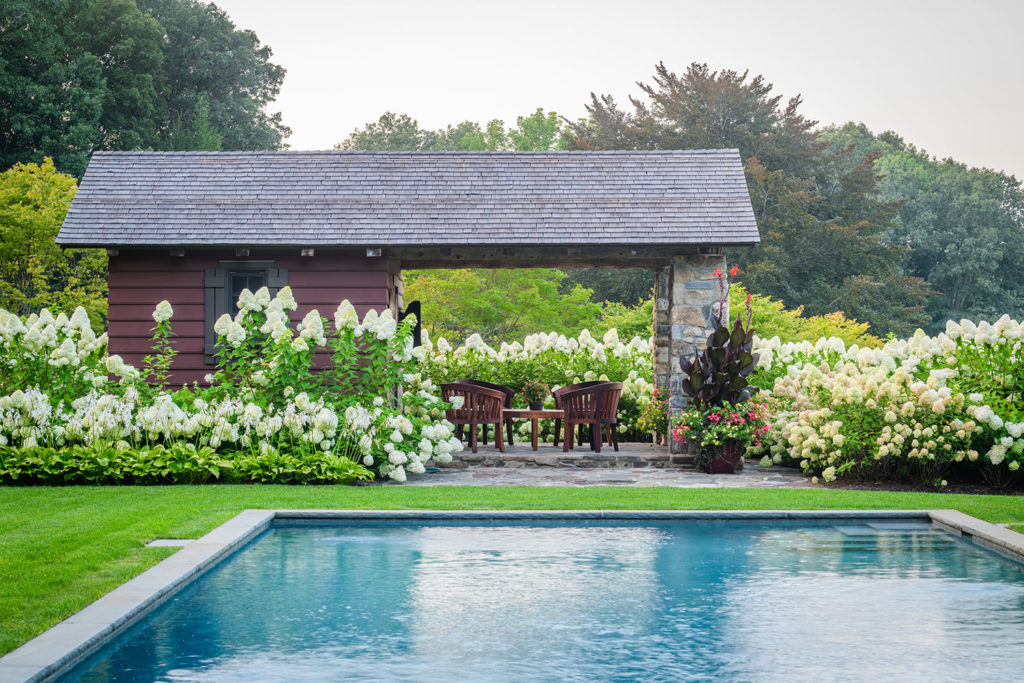
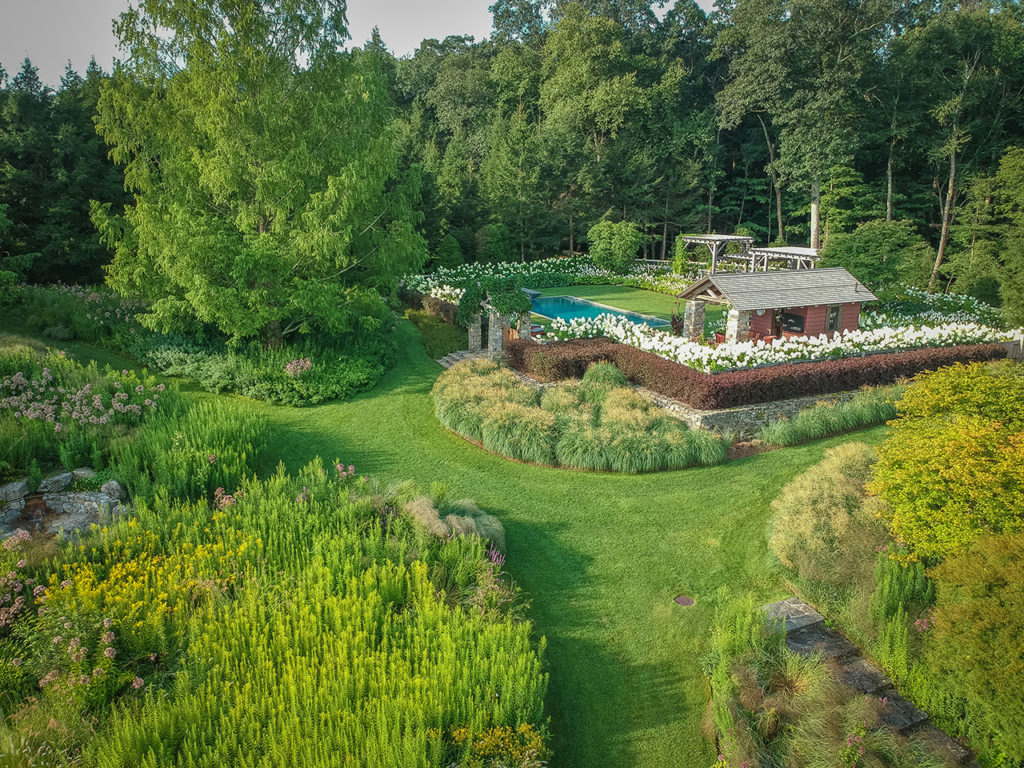

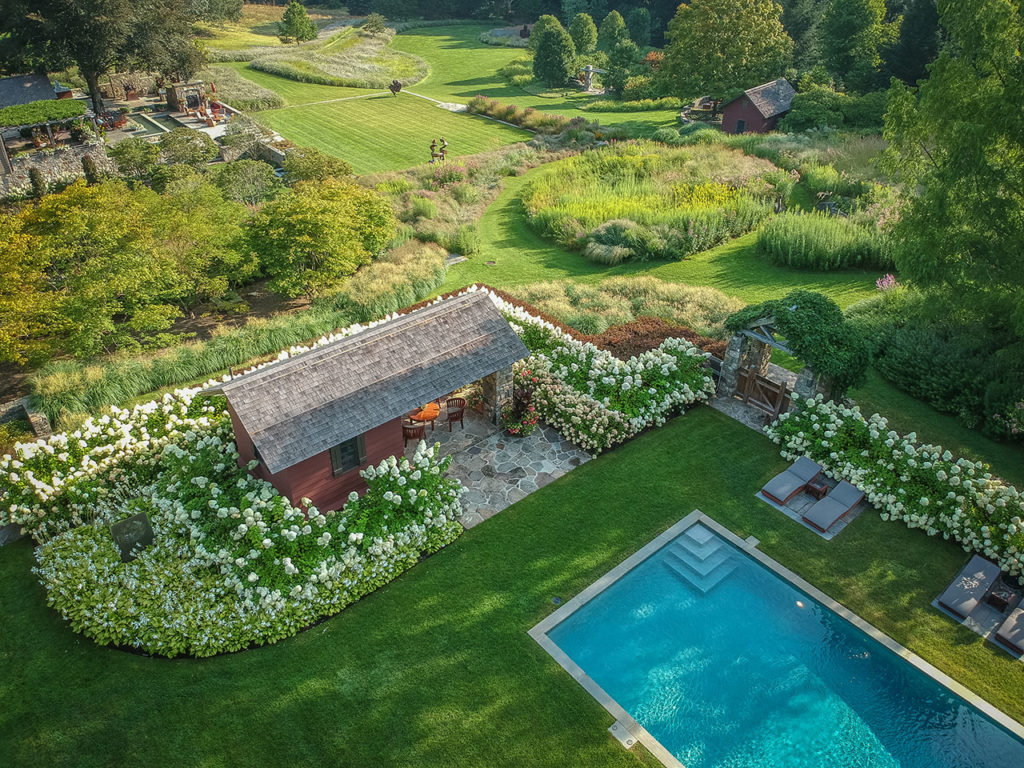
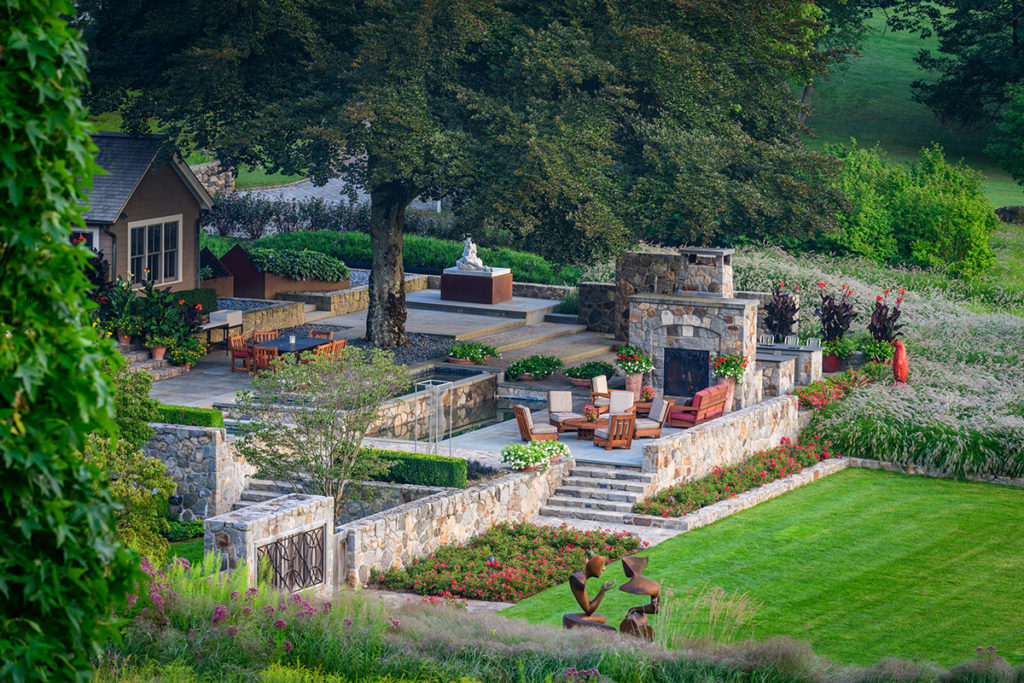

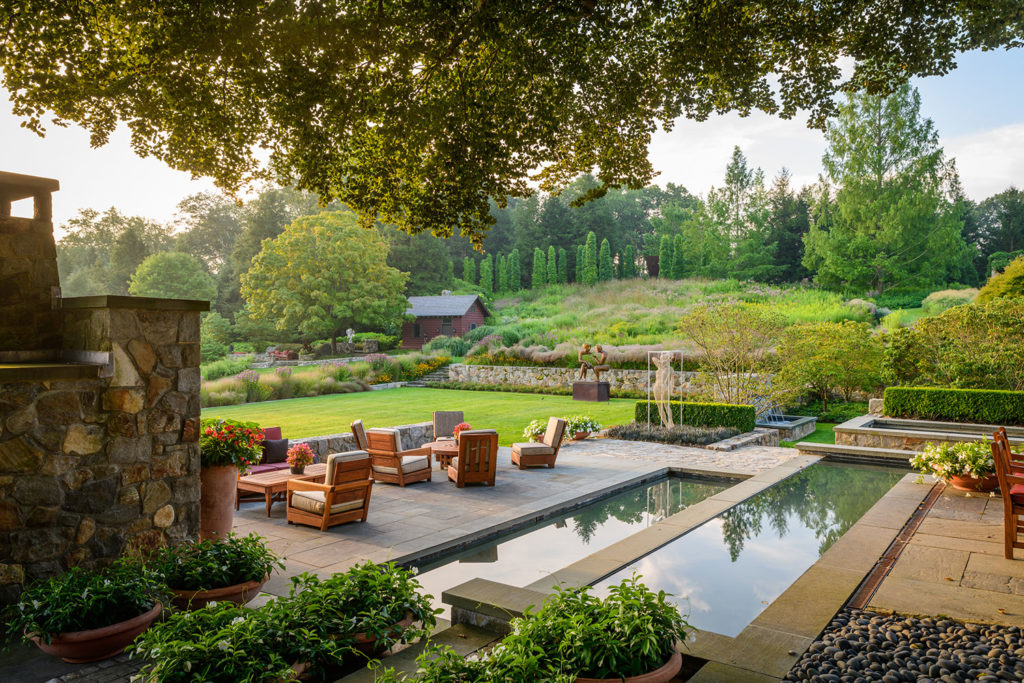
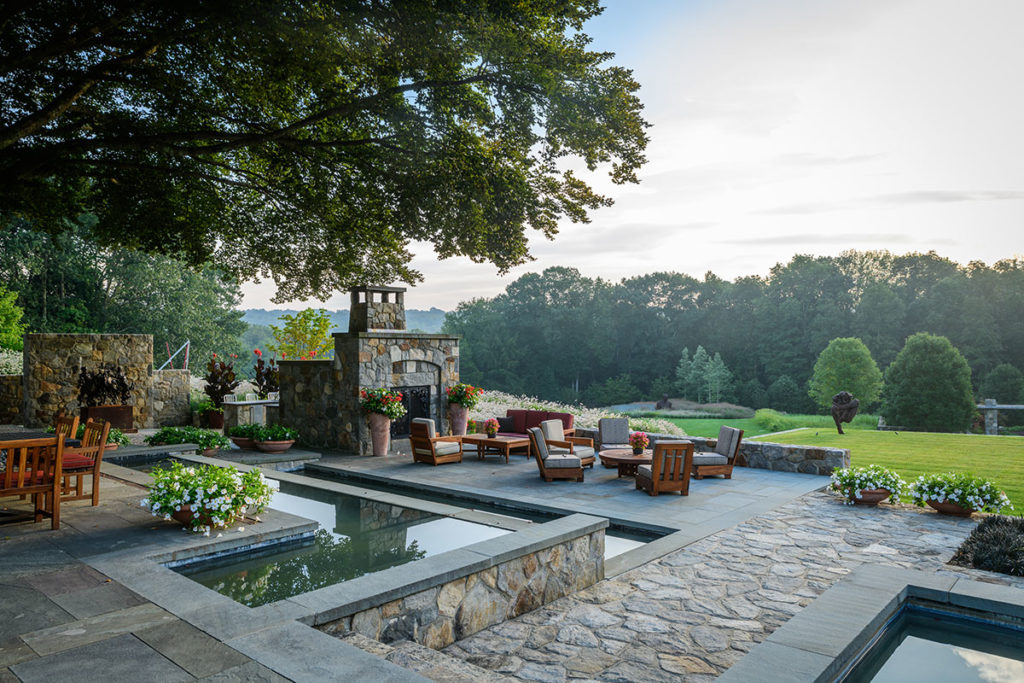
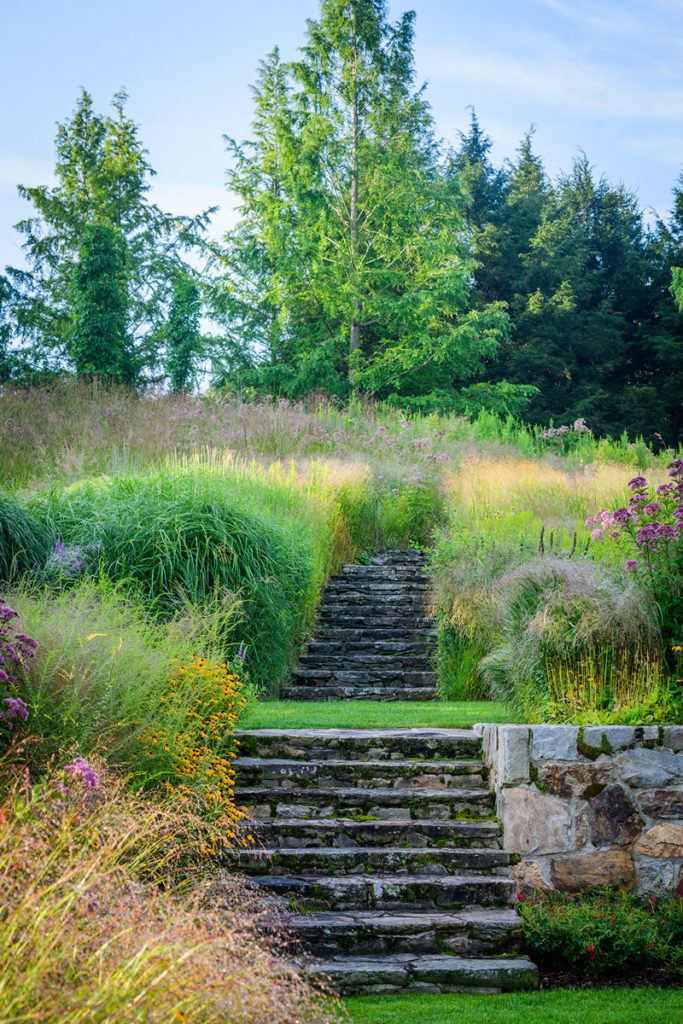
comments